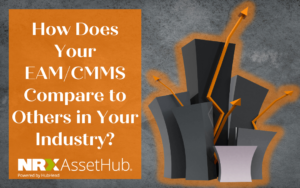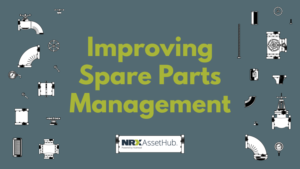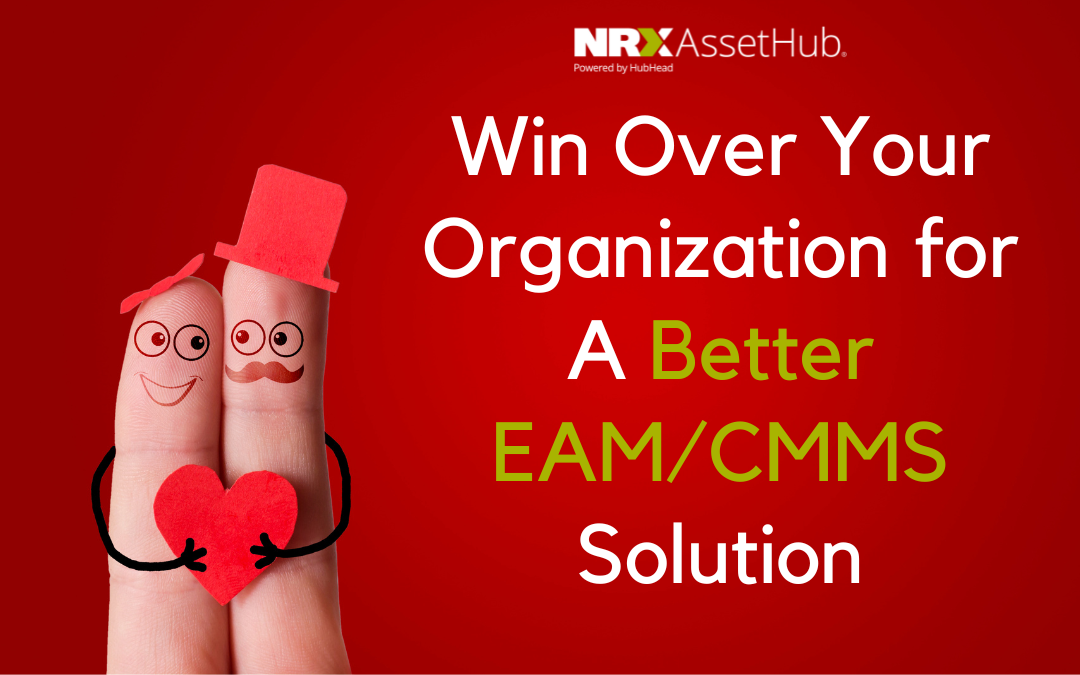At the heart of every asset-intensive organization is its maintenance operation. Effective standards and processes in EAM/CMMS solutions are the backbone of a productive maintenance operation.
Although companies understand the importance of an effective EAM/CMMS solution, some find it difficult to win over their management and IT to invest in it. If you find this to be true, keep reading! This blog breaks down some reasons why organizations should consider investing in a better EAM/CMMS solution.

1. Establish Reliable, High-Quality Maintenance Data
Quality maintenance data guarantees a system that produces high-quality results. Furthermore, complete and accurate data is the foundation for businesses to perform meaningful analyses. Unfortunately, many companies rely on spreadsheets for collecting data and then transferring them into their EAM.
Spreadsheets are great for basic arithmetic operations, but they are ill-equipped for creating or storing complex asset data. As a result, duplicates, inaccurate, incomplete, or missing data are likely to occur. Even though companies may choose to spend a lot of time and money on developing spreadsheets, it is ultimately ineffective.
An effective EAM/CMMS solution would determine master data quality and potential gaps while being loaded and configured — because once operations have begun, it is much harder to correct master data issues.
2. Ensure Contractors and Consultants Input Accurate Data
Contractors often input asset and maintenance data into the EAM/CMMS. Generally, companies lack tools to confirm its quality. As a result, companies depend on contractors/consultants when building or repairing data.
Ideally data quality assessments would occur as contractors delivered the master data so that it could be corrected immediately.
3. Allow Data to Be Reused
Building new data each time a new facility opens is time-consuming and costly. Luckily, if businesses invest in having a library for common maintenance master data, the data can be repurposed in new projects.
4. Implement Performance Standards
Most EAM solutions lack the ability to view associated performance standards with equipment or report on its compliance to these standards. This is due to businesses implementing their EAM/CMMS with a transactional system in mind where it can only generate work orders or facilitate maintenance operations; but it should do much more to ensure assets conform to corporate performance standards.
5. Efficiently Edit EAM Data
Data is everchanging, so organizations must allow for these changes to be made. Maintenance staff are often the first ones who discover incorrect information in the EAM system. However, they often do not have the knowledge or permission to update it. Not to mention, reporting the issues to a colleague who does have access can waste time for both parties.
Ideally, organizations should have a system that maintenance personnel can use to identify information easily and make requests to change it effectively.
Need Help Convincing Your Organization to Improve Their EAM/CMMS Solution?
We understand that businesses want a clear picture of where their EAM/CMMS stands amongst others in the industry and invest their money in the right places to fix them; our benchmarking service does that.
Our experienced consultants help organizations understand issues in their EAM/CMMS and its impact on their maintenance processes. Moreover, we can provide a clear roadmap with practical recommendations for adopting industry best practices.
If you want to learn more, download our brochure or book a meeting to talk to one of our consultants.

Signs There are Gaps in Your EAM/CMMS System

Tips for Effective Spare Parts Management

Improving spare parts management

Share this article

